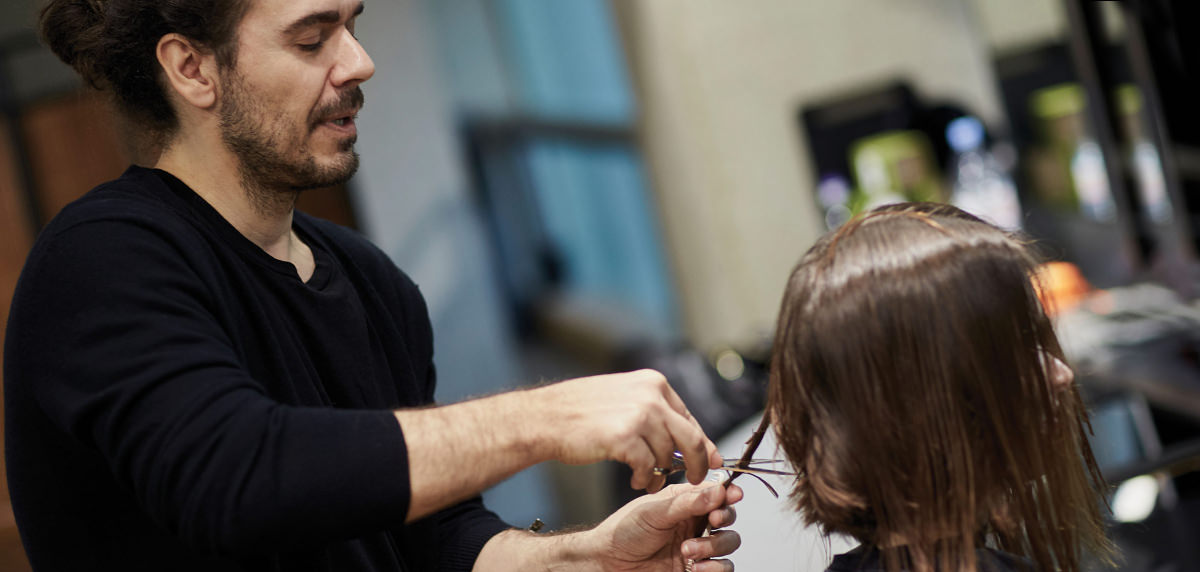You’ve probably grown accustomed to seeing stylists use techniques, such as blunt-cutting, thinning, and shaving hair at the salon. But be prepared to catch them “twist cutting” hair more this fall.
| You are currently signed in as: csr signout | Session open for : Reset customer | Customer Cart | QuikSearch |

You’ve probably grown accustomed to seeing stylists use techniques, such as blunt-cutting, thinning, and shaving hair at the salon. But be prepared to catch them “twist cutting” hair more this fall.
“It’s actually a technique we used in the eighties when stylists were coming up with new ways to texturize hair,” says Ricardo Dinis, Aveda Global Artistic Director, Hair Cutting. It was, after all, the era of the perm. Whereas back then, stylists would twist sections of permed hair and snip off the ends to give them that frazzled, feathery feel, today, the technique is being used on tresses of any texture and length to similar effect—albeit in a more modern context.
“The approach is the same as a traditional cut,” says Ricardo, "but instead of using the original blunt cut for the outline, we start by twisting sections of hair before cutting them.”
A FINAL LOOK FROM THE FALL/WINTER
2016 COLLECTION FOKLOR THAT FEATURES THE TWIST CUT.
Specifically, Ricardo twists a portion of hair then slides the scissors about half way down the shaft applying increasing pressure to the blade as he slices to the ends. The outcome is decidedly softer than a traditional crop. And you aren’t the only one who benefits from the unusual technique. “The other reason twist cutting is fun is because it gives the stylist a new way to engage with hair. I’ve never met a hair dresser who doesn’t want to feel creative,” he adds.
The first thing Ricardo does when you sit in his chair for a twist cut is size you up. “I’m looking at your hair, your body, and your style, and creating a look in my mind. I’m deciding what I’d consider to be too short or too long before the consultation even begins!” he says. Needless to say, your desires come into play, too. “My job is to really hear what you’re saying—and not saying—and to offer suggestions, even if you’re not ready to act on them yet.”
Ricardo compares the consultation to going to a great tailor: The pro must be welcoming, but also professional and an expert in handling fabric. Hair is, after all, a fabric that must be fitted to your face accordingly, says Ricardo. What influences how your hair should be fitted? Your face shape, features, the specific lines of your face (is your forehead high? are your cheeks round? is your jawline or chin very angular?), your neckline and collar-bone, and the way you dress.
As for the specific styles Ricardo is producing with the twist-cutting technique, they include the lob, the shag, the bowl, and short fringe. “After many years of experimenting with color, women are starting to turn their attention to their cut,” he says.
Visit an Aveda salon to discover more about the perfect cut and color for you.
Are you loving this story?
Share it with your friends on Facebook using the hashtag #LivingAveda.com
Keep your new cut beautiful

